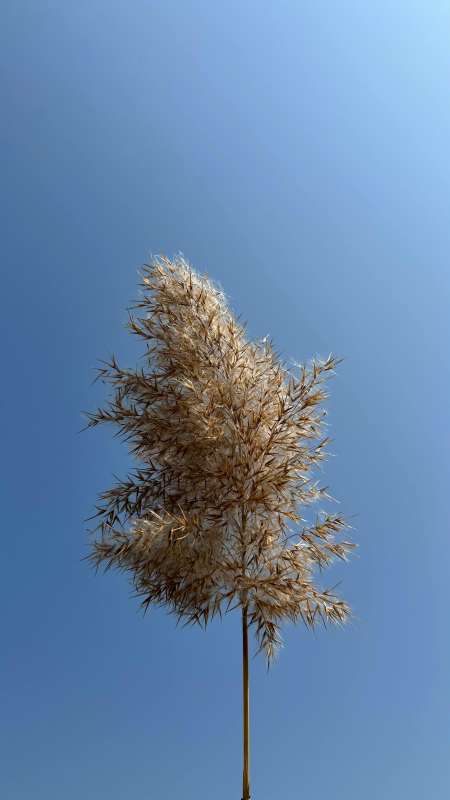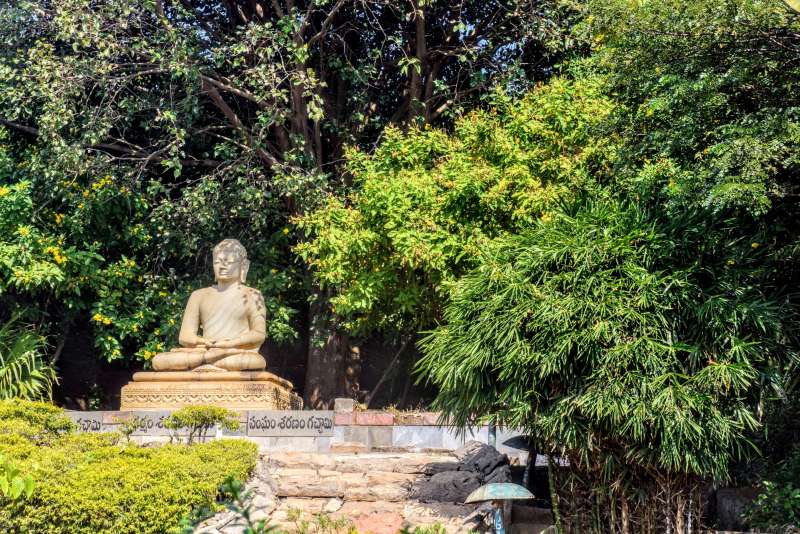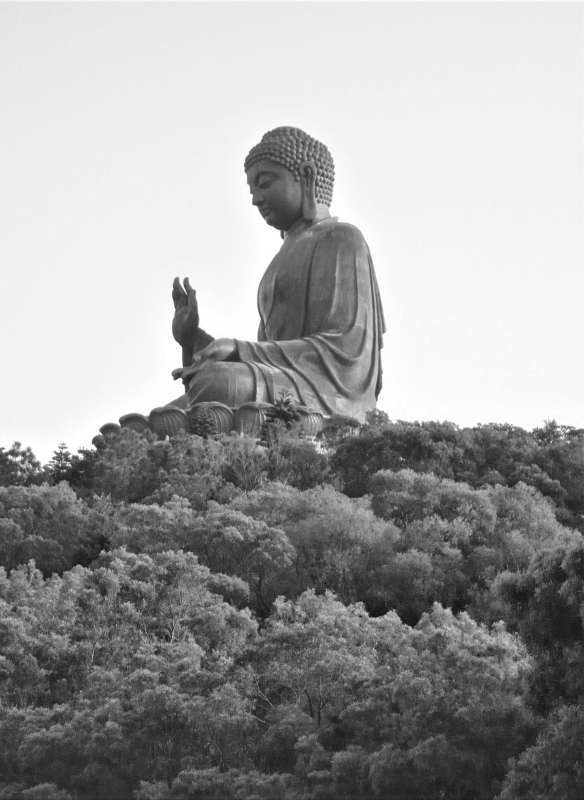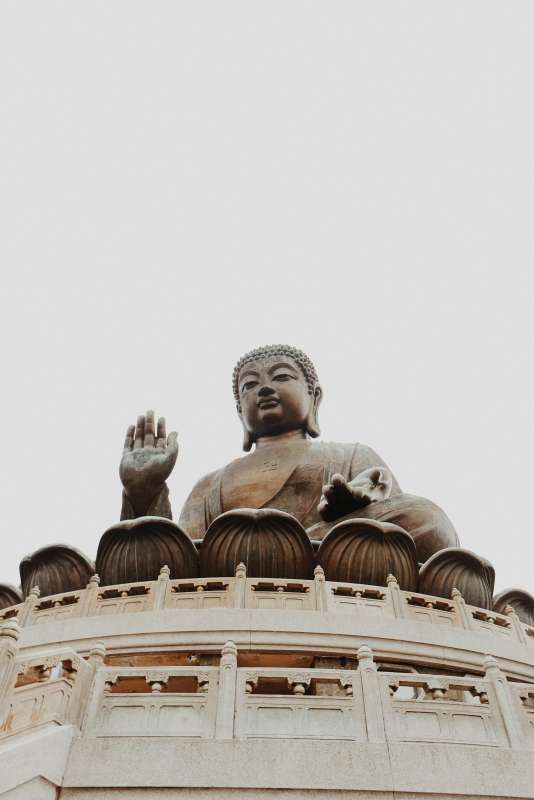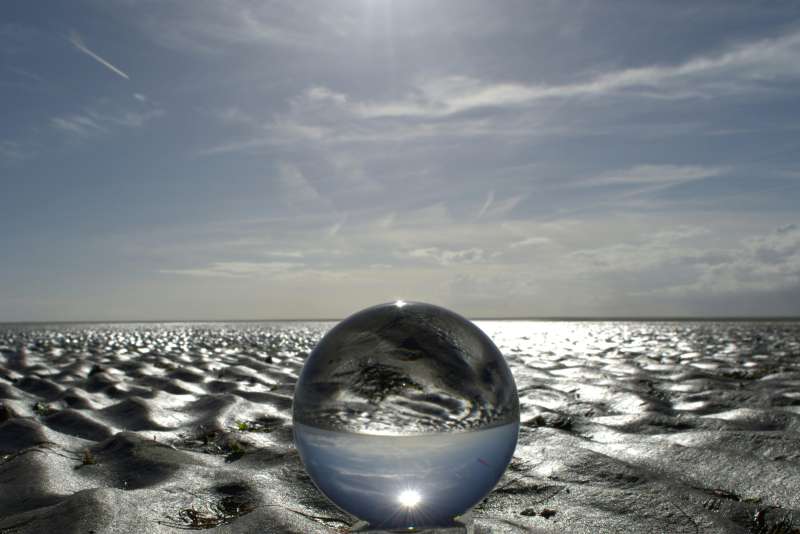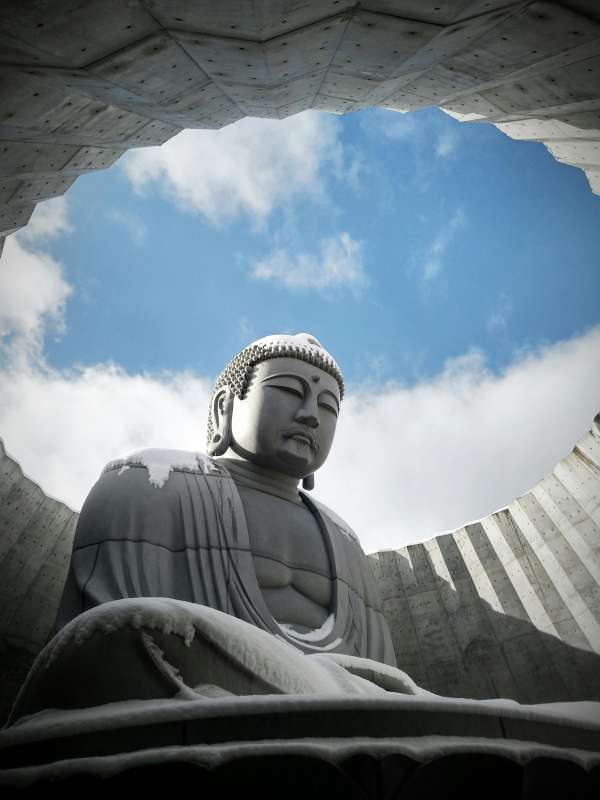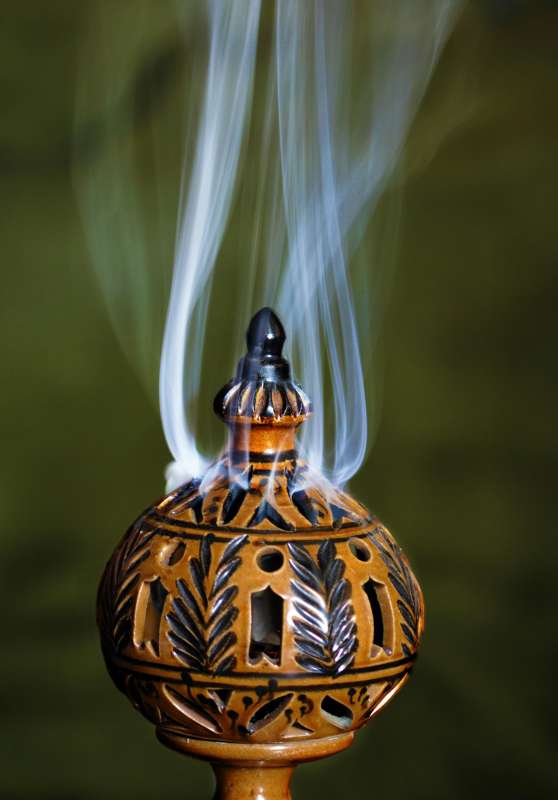Reed Dance: The Interplay of Tradition and Modernity in Eswatini
Published on: May 1, 2025
Umhlanga Reed Dance: A Cultural Pillar of Eswatini
The Umhlanga Reed Dance is an annual cultural event held in Eswatini, where thousands of unmarried girls and young women gather to participate in a traditional ceremony that celebrates chastity and pays homage to the Queen Mother. This vibrant festival is a significant part of Eswatini's cultural heritage, reflecting the nation's values and traditions.
Historical Origins and Significance
Originating in the 1940s under King Sobhuza II, the Umhlanga Reed Dance was adapted from the older Umchwasho ceremony. The event was established to promote solidarity among women and to reinforce cultural norms regarding chastity and respect for the monarchy. The ceremony has since become a symbol of national pride and cultural identity in Eswatini.
The Eight-Day Ceremony
The Umhlanga Reed Dance spans eight days, each with specific activities:
- Day 1: Participants arrive at the Ludzidzini Royal Village and are registered.
- Days 2-3: The girls travel to nearby riverbanks to cut tall reeds, which they carry back to the royal residence.
- Day 4: Rest and preparation for the main event.
- Day 5: The reeds are presented to the Queen Mother, symbolizing the girls' respect and service.
- Days 6-7: Traditional dances and songs are performed in elaborate attire, showcasing the nation's cultural richness.
- Day 8: The festival concludes with a grand celebration, including feasting and communal activities.
Rituals and Symbolism
The act of cutting and presenting reeds is symbolic of the participants' transition into womanhood and their commitment to cultural values. The dances performed are not only a form of entertainment but also a means of storytelling, conveying historical narratives and moral lessons.
Contemporary Perspectives and Debates
While the Umhlanga Reed Dance is cherished by many as a vital cultural tradition, it has also been the subject of debate. Critics argue that the event reinforces patriarchal norms and may infringe on the rights of young women. Concerns have been raised about the pressure to participate and the potential for the ceremony to be used for political purposes.
Personal Narratives
Local participant Nomvula Dlamini shared her experience: "Participating in the Umhlanga Reed Dance was a moment of pride for me. It connected me to my heritage and allowed me to bond with other young women from across the country." Such personal accounts highlight the ceremony's role in fostering community and cultural continuity.
Conclusion
The Umhlanga Reed Dance remains a cornerstone of Eswatini's cultural landscape, embodying the nation's traditions and values. As the country navigates the complexities of modernity and tradition, the ceremony continues to evolve, reflecting the dynamic interplay between cultural preservation and contemporary societal norms.
